The D-Link M30 Aquila Pro AI mesh system makes connectivity easy (as long as you don’t use the app wizard).
D-Link M30 Aquila Pro AI mesh system review
Forget about WiFi extenders; WiFi mesh systems are all the rage these days. And it makes sense. Instead of dealing with multiple WiFi service set identifier (SSID) network names, the current mesh thrust is to have an easily expandable network with a single WiFi name and password. That’s a space the D-Link M30 Aquila Pro AI is gunning for and, for the most part, it does the job admirably.
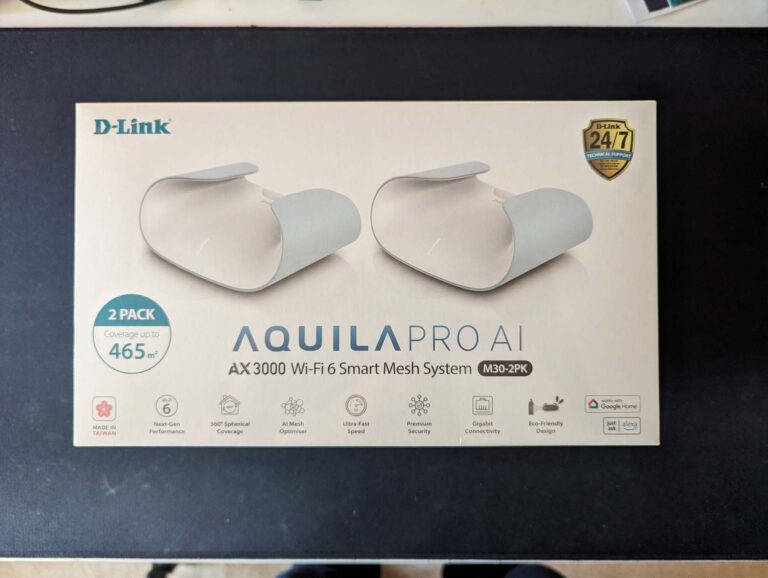
How much does the D-Link M30 Aquila Pro AI cost in Australia?
These days, you can go all out and spend thousands on a high-end WiFi mesh system. Thankfully, the D-Link M30 Aquila Pro AI is a lot kinder on your network equipment budget. Prices start at $399.95 RRP for a two-pack variant or it’s $549.95 RRP for the three-pack M30 configuration. In terms of two-pack mesh systems, that’s about what you’d pay for the Netgear Orbi AX1800 or the Asus ZenWiFi XD4S.
D-Link M30 Aquila Pro AI initial setup and configuration
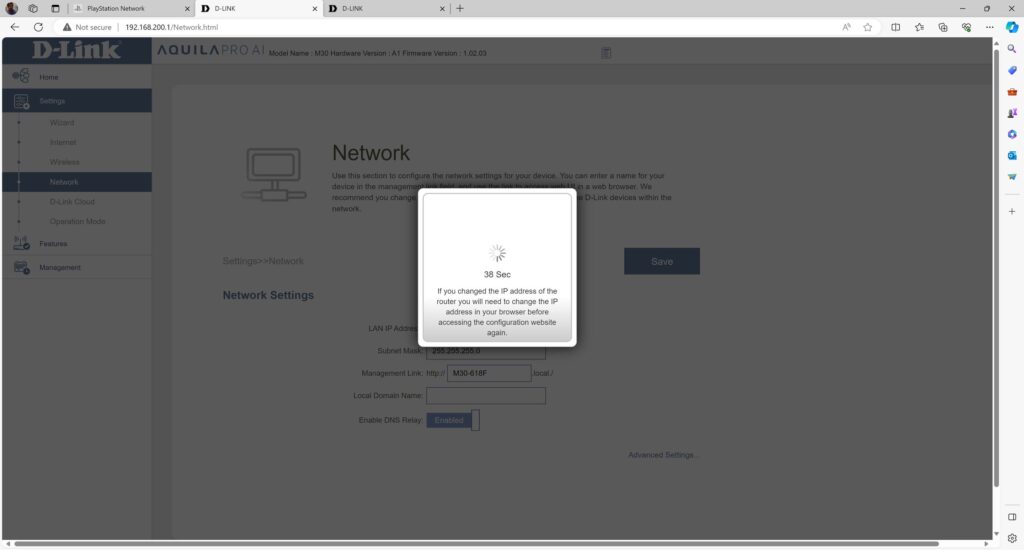
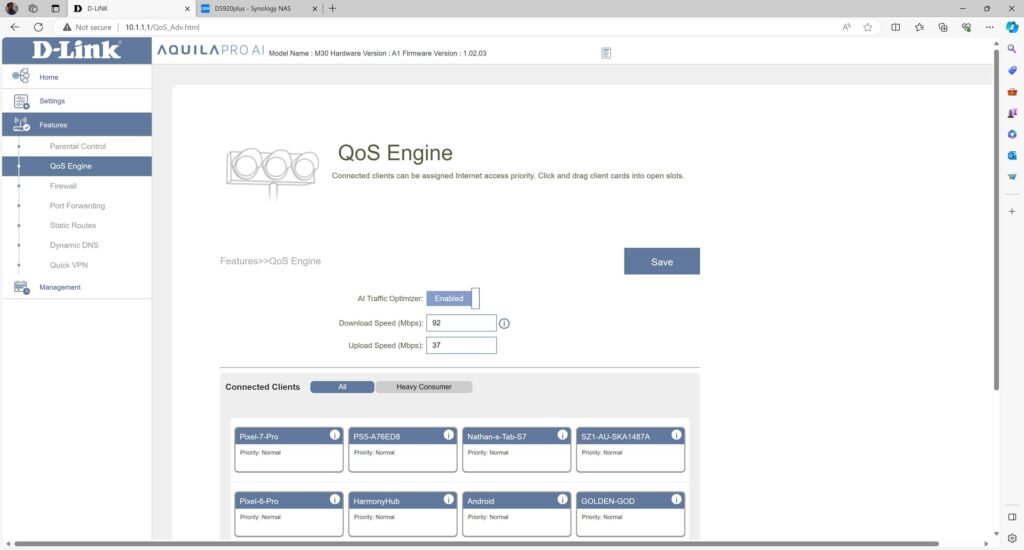



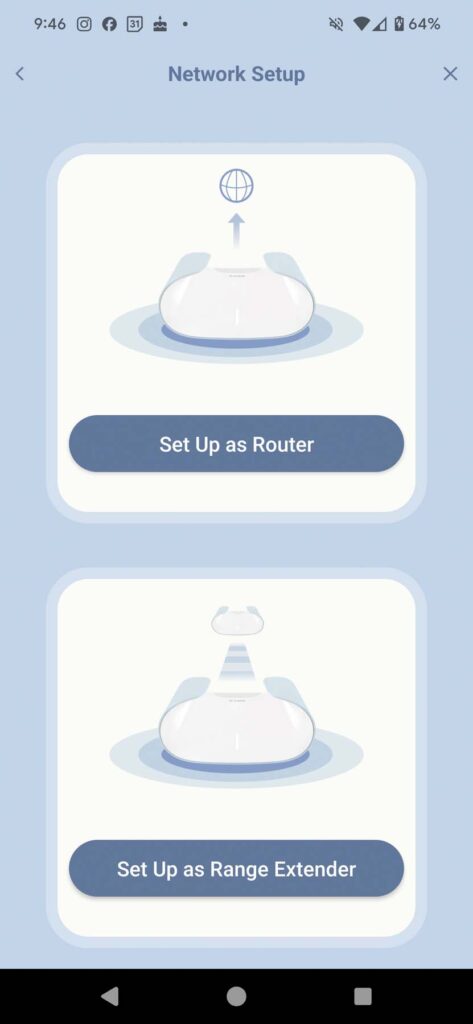
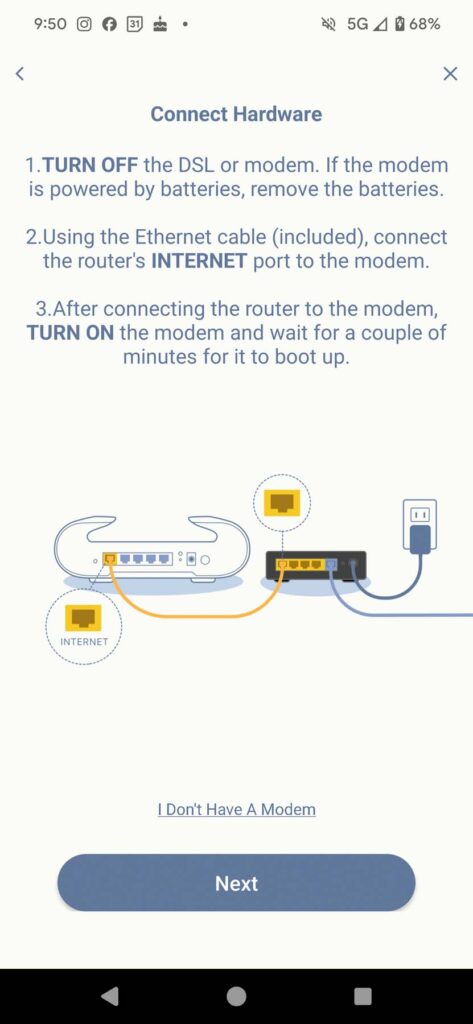
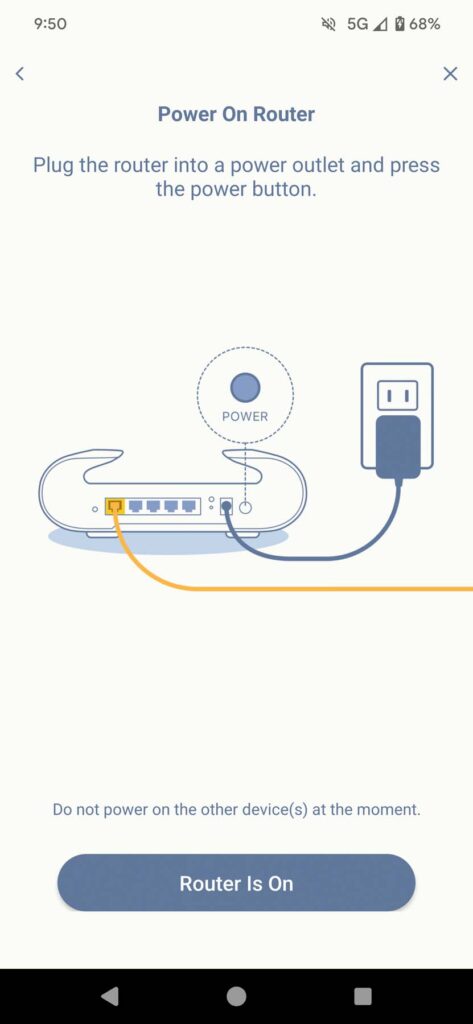
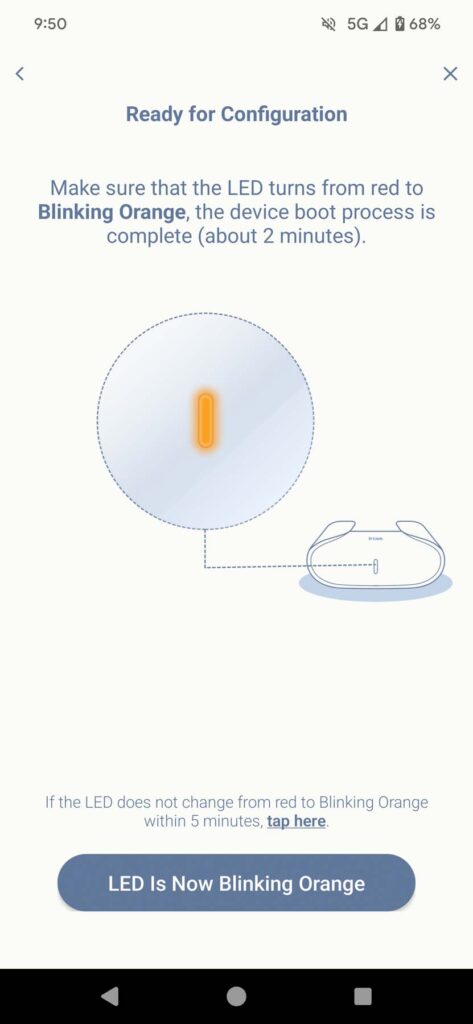


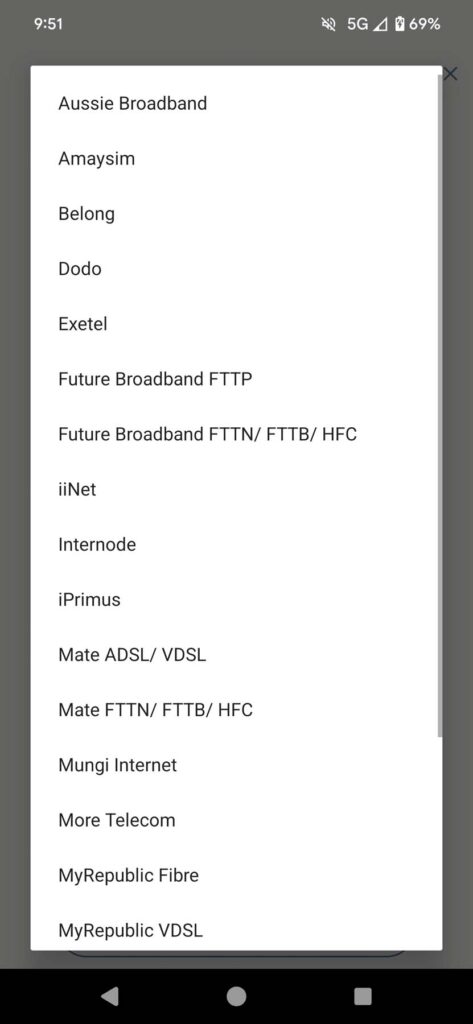

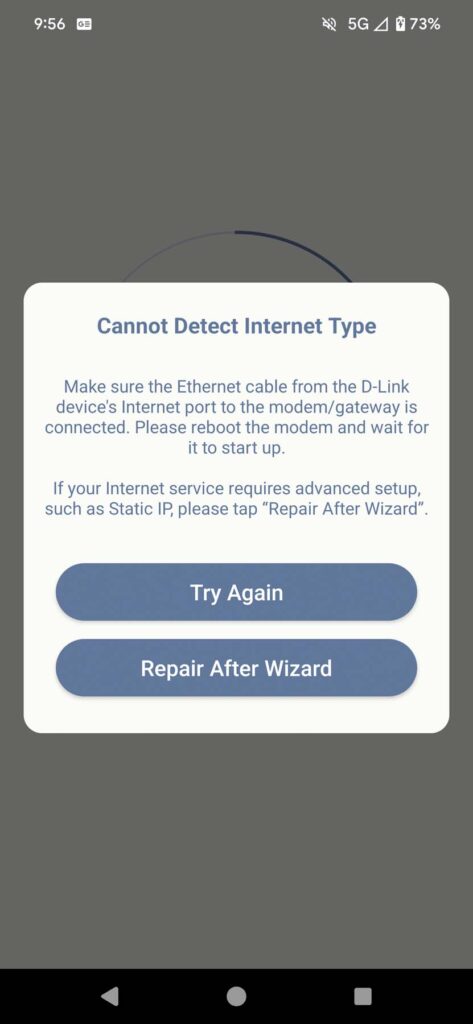
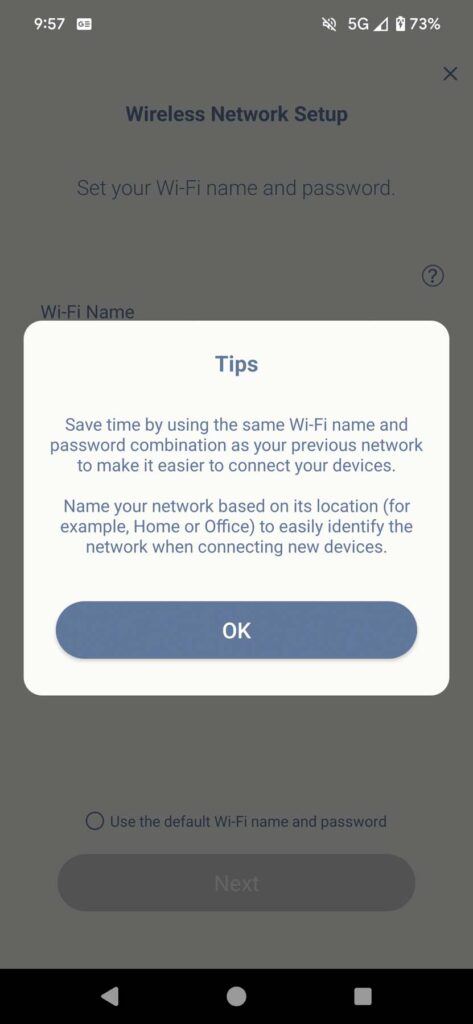

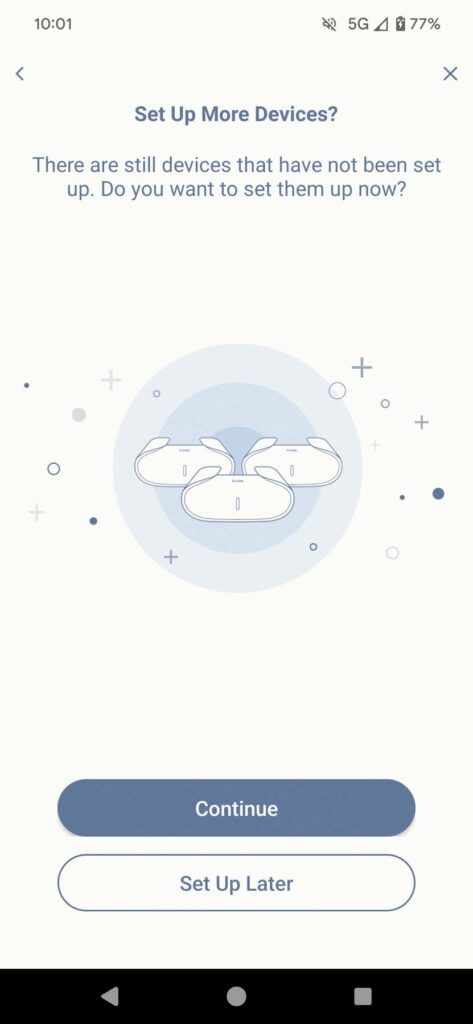

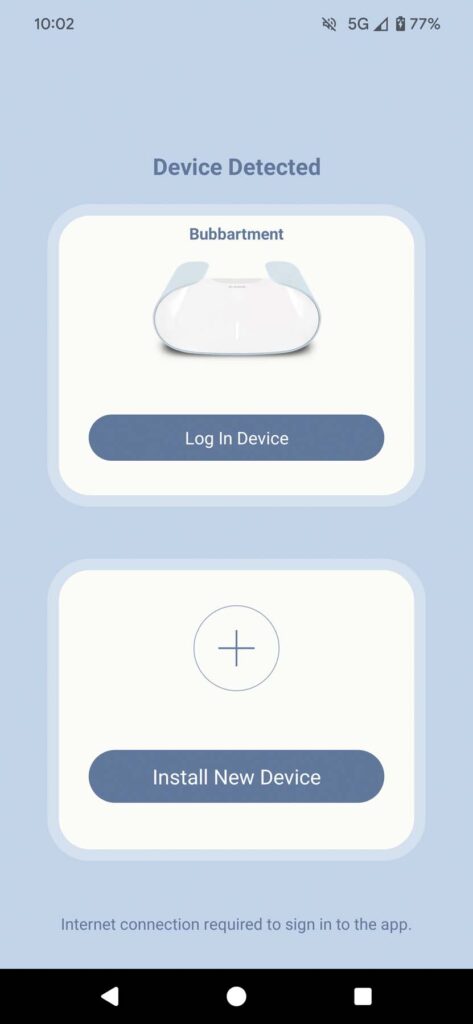


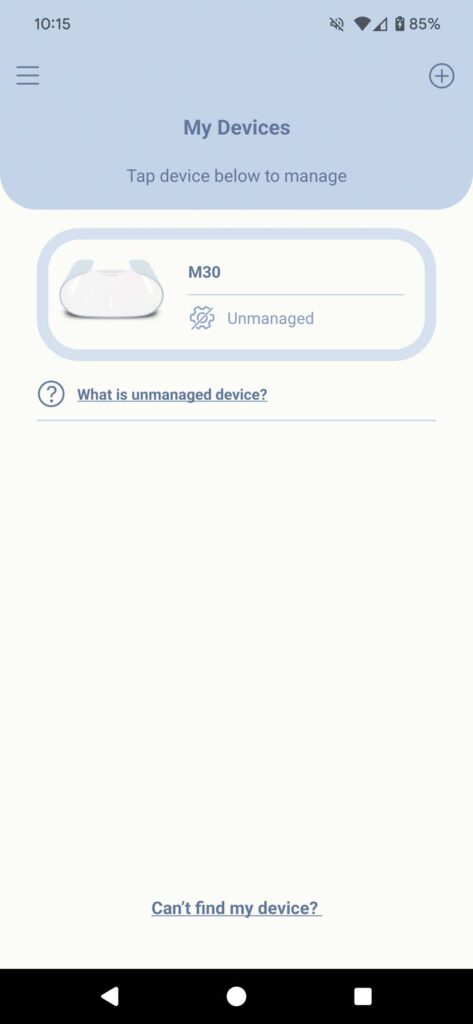
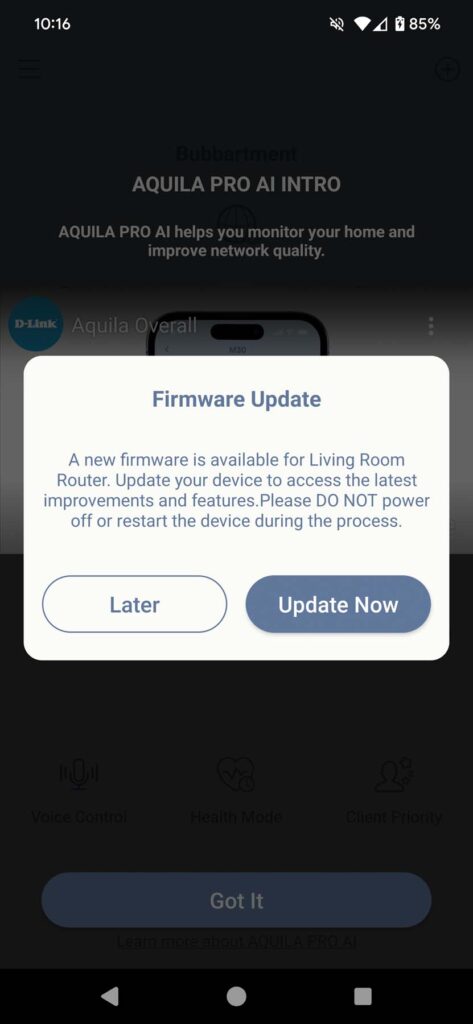


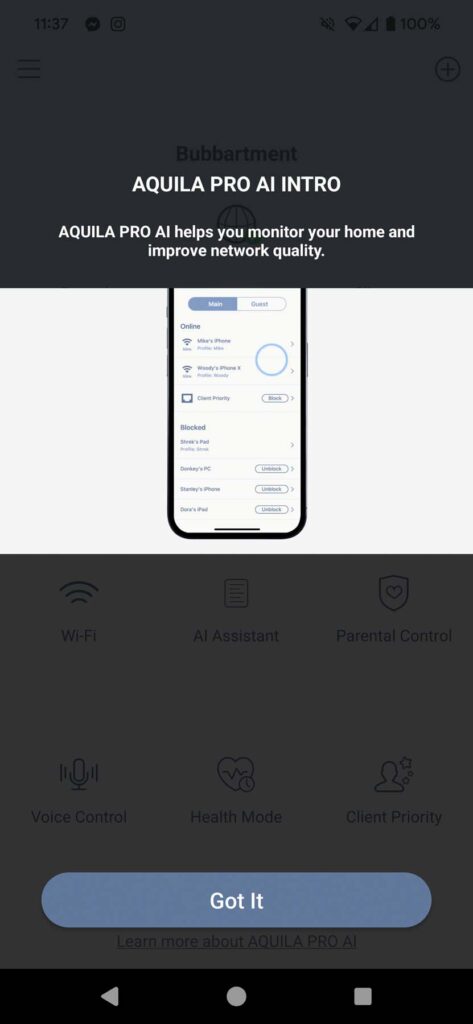
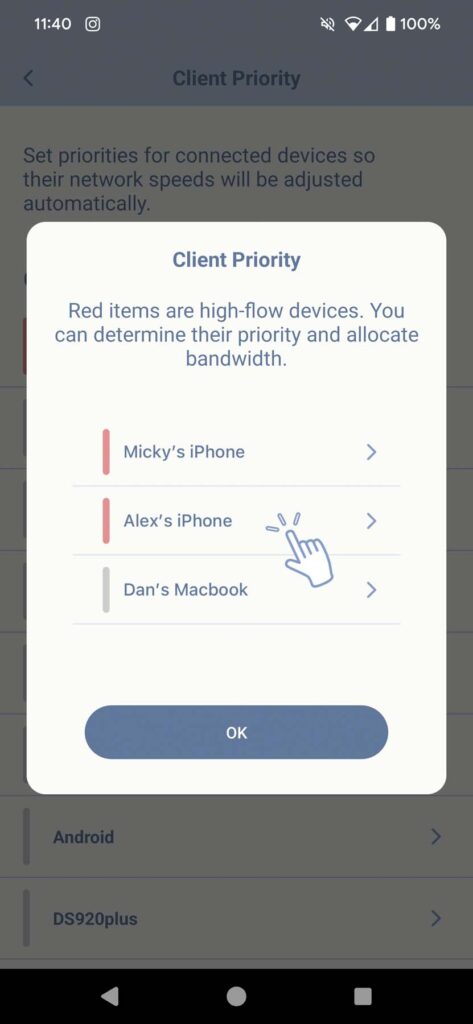

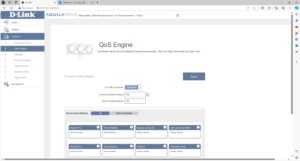





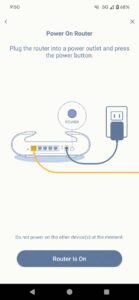
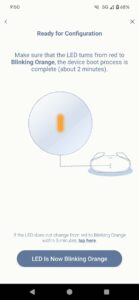


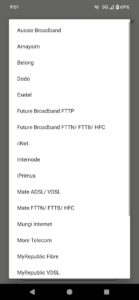















The first challenge I faced when cracking open the D-Link M30 Aquila Pro AI was two identical-looking devices. In the past, this was solved by scouring small-font text on a device sticker or trial and error to find out which one is the router. Mercifully, D-Link’s already thought of that and any of the identical devices can be configured as a router or mesh extender.
Step-by-step installation is a cinch with the Aquila Pro AI app for a single router configuration. I highly advise configuring the extender/s at the same time otherwise you may hit hurdles if you do it days after the fact (I lost hours troubleshooting). Even without the app, the straightforward web portal shows automated firmware updates and a helpful wizard for initial configuration. For the mesh network, I found it easier to follow the instructions in the quick-start guide—holding the WPS button on the router for a few seconds, then again on the extender—than the multiple app steps.
D-Link is a hardware manufacturer that’s been around for more than 30 years. In terms of consumer technology, D-Link made a name for itself selling home network equipment, including routers, WiFi extenders and mesh WiFi systems. D-Link also sells cameras and smart home gear.
D-Link M30 Aquila Pro AI speeds and performance
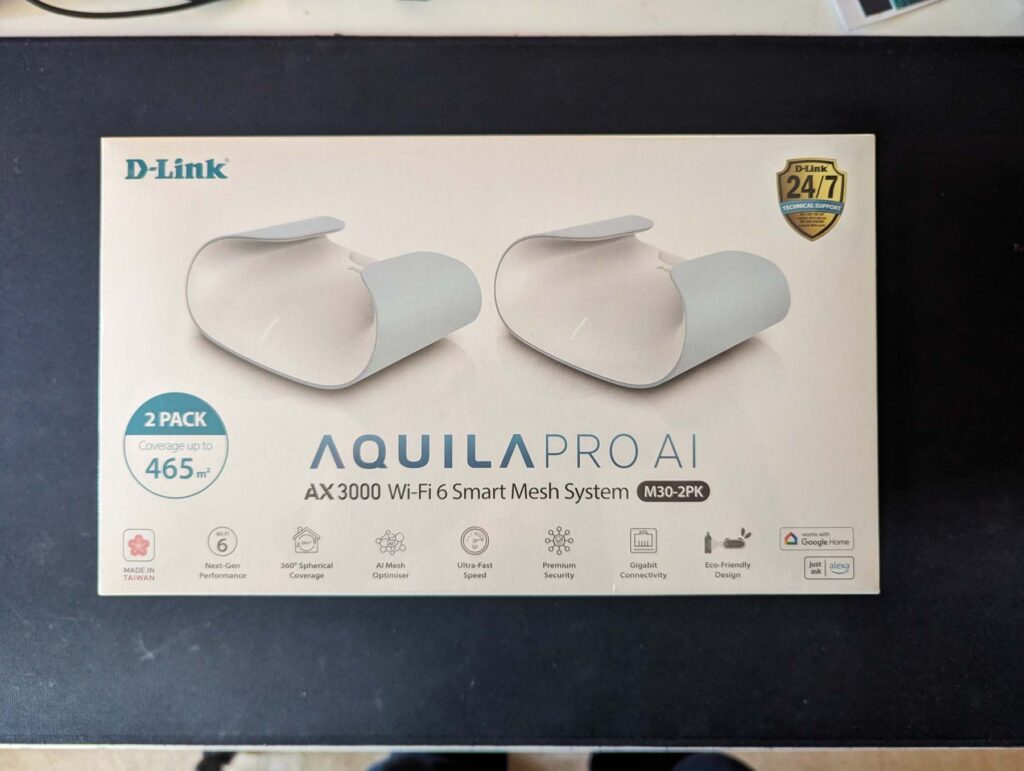
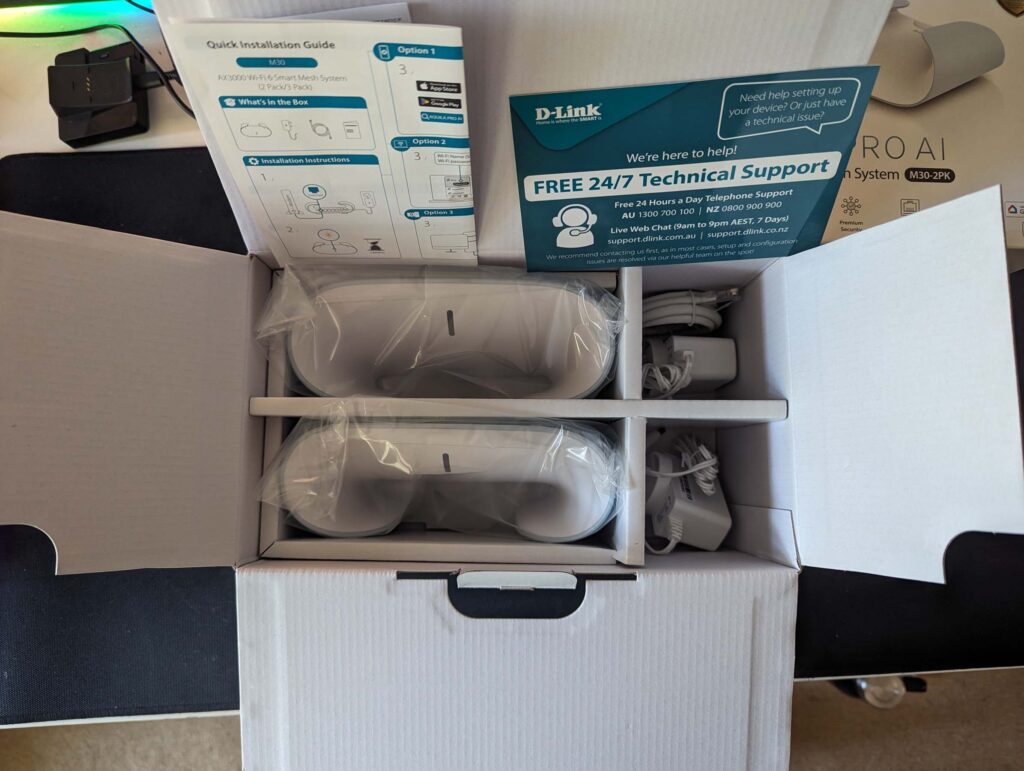
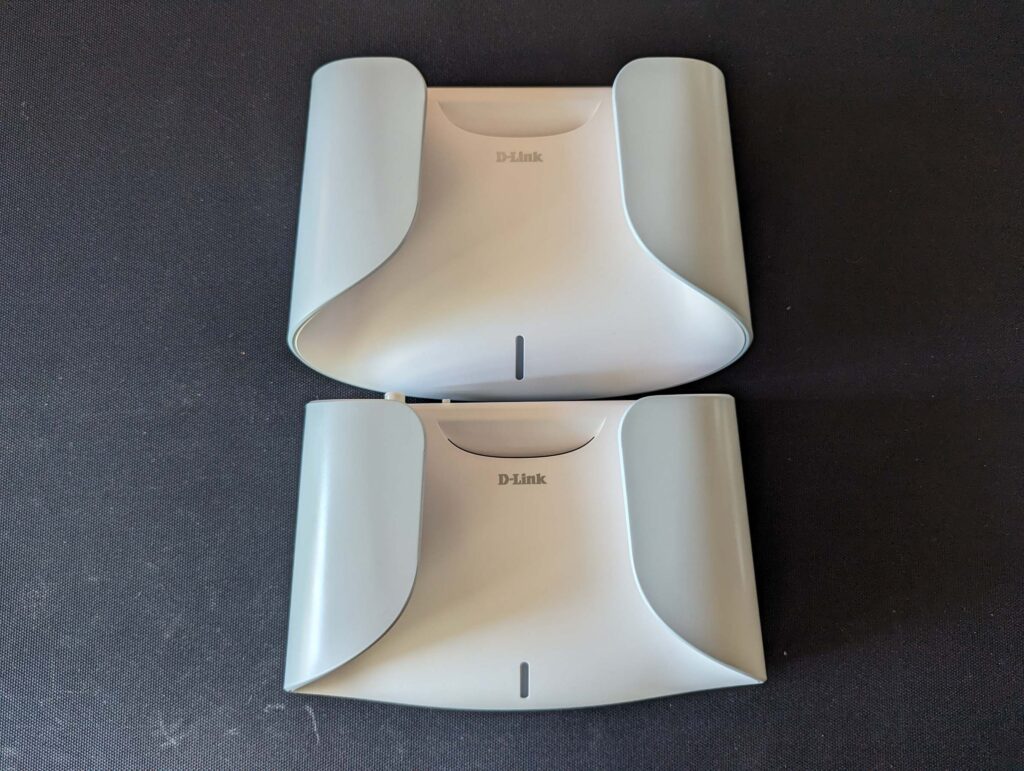
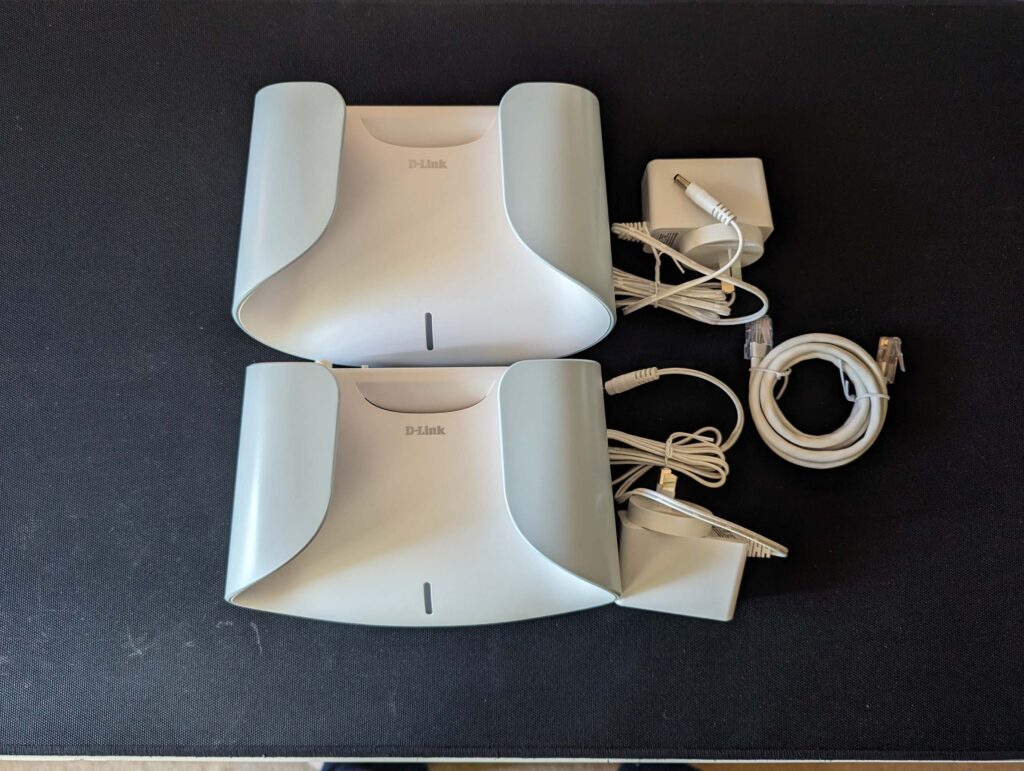
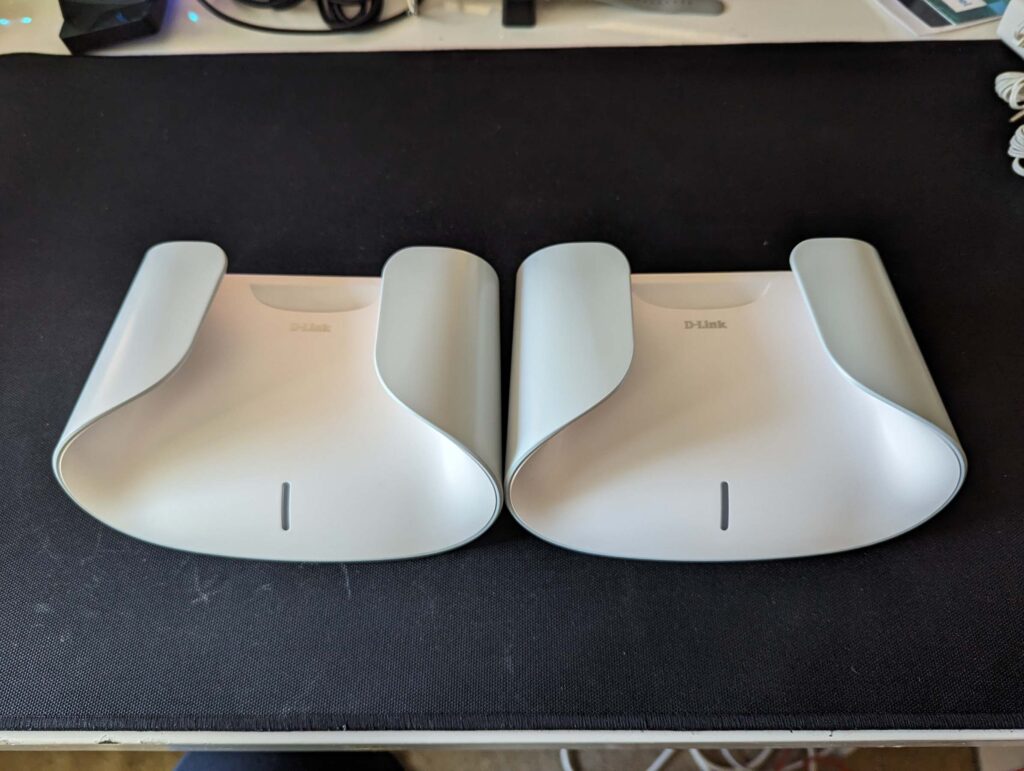
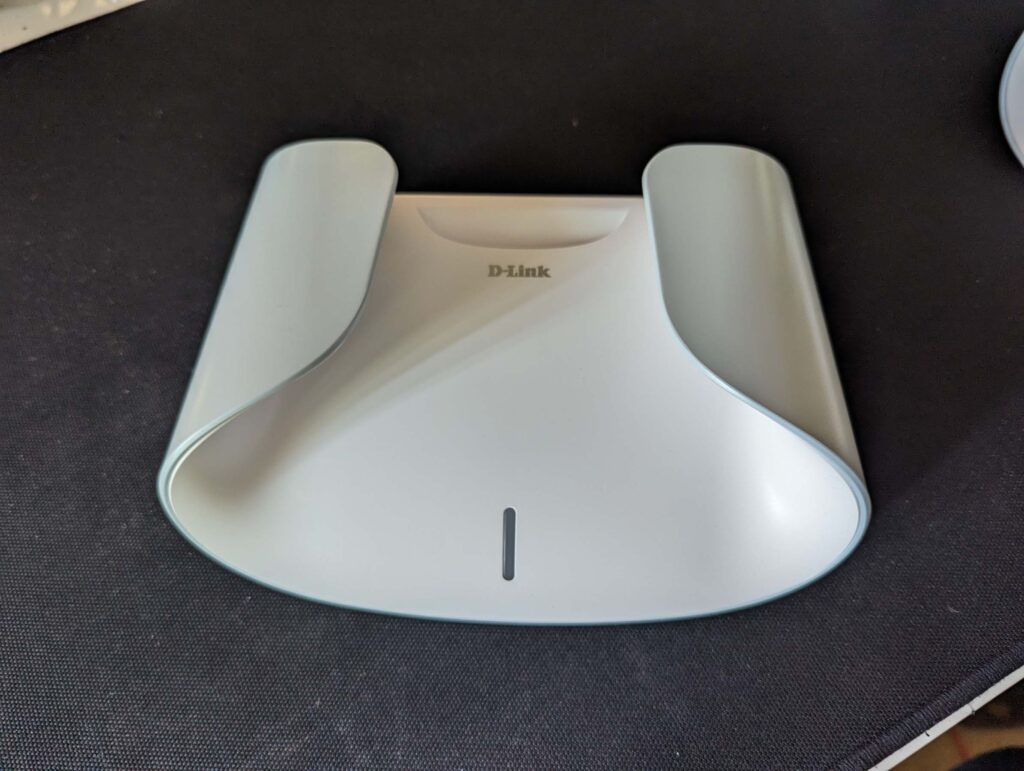
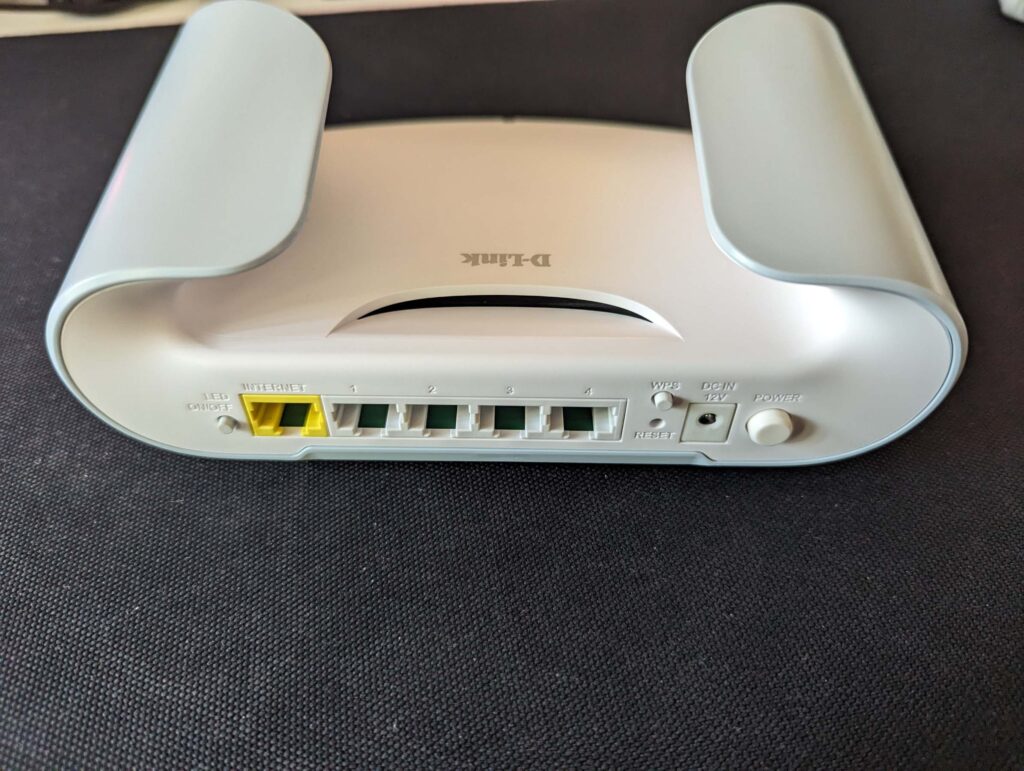
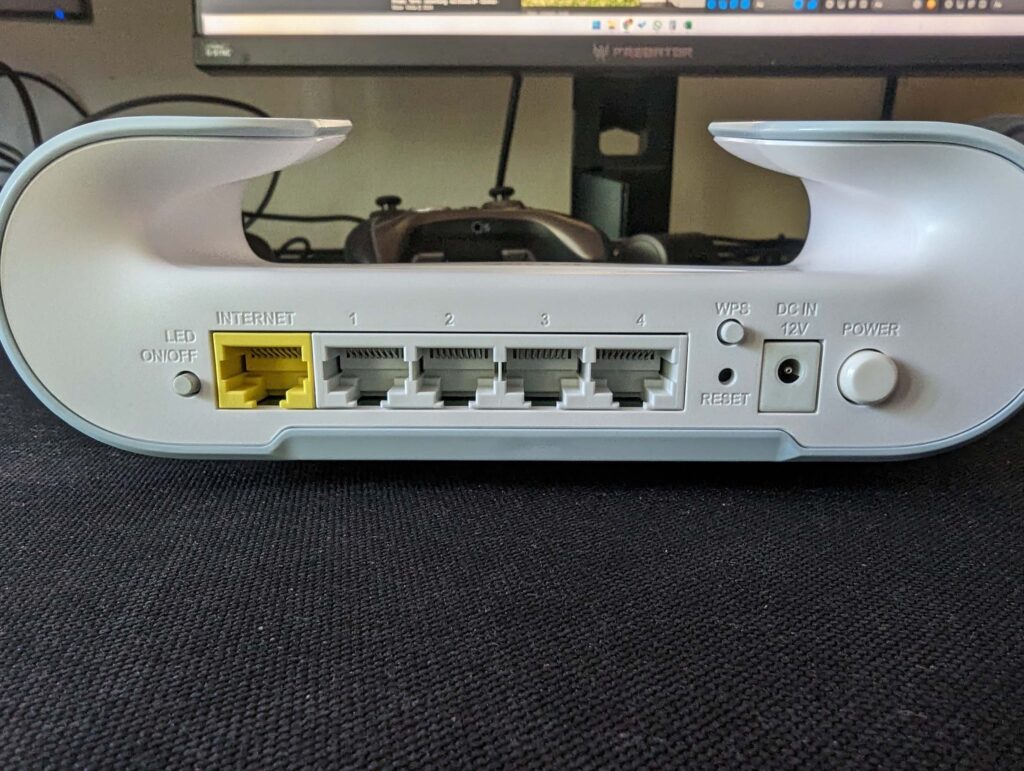
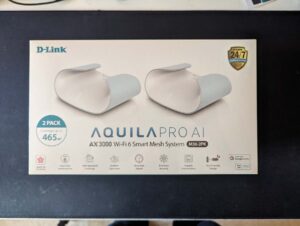
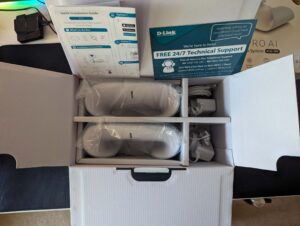
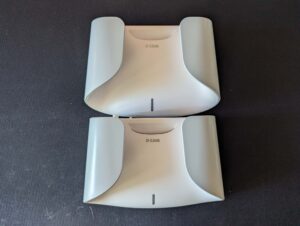
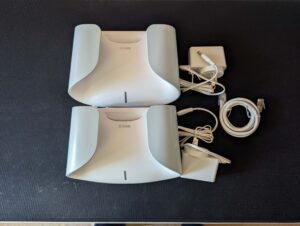
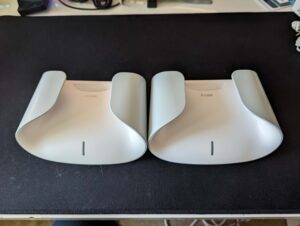
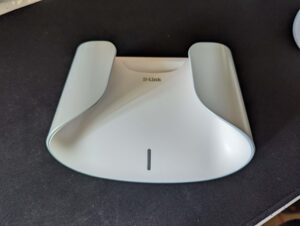
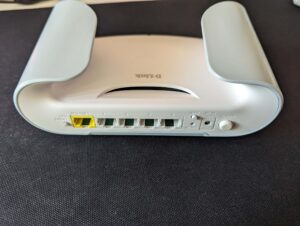
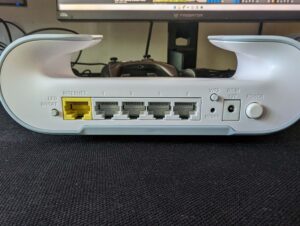
I’ve been using the D-Link M30 Aquila Pro AI in single-device router configuration for weeks, and it’s yet to skip a beat. The M30 is a seamless networking companion whether I’m working, streaming, downloading, online gaming or transferring files on my local network. Here’s how the D-Link M30 performance looks in my apartment with just the router in operation.
The top Ethernet line shows the expected speeds under best-case conditions at the time with my Aussie Broadband NBN 100/40 internet connection. There’s not much of a speed hit on WiFi in the lounge, and the M30 impressively tackled the typically signal-dampening walls between router and laundry.
My study is a typical connectivity blackspot for WiFi, but the download speeds were still double that of my long-serving Netgear Nighthawk XR700 router (admittedly, a WiFi 5 device). But you can see the impact that the thick apartment walls have on shaving dozens of megabits-per-second off the download speed. That’s what I was hoping the WiFi mesh extender would help with, and it didn’t disappoint.
There’s not a double-digit percentage slowdown in sight. Like a WiFi extender, a WiFi mesh system extender is only as strong as the part of the router’s wireless network you place it. I position my routers on the far side of my apartment, but I test extenders in a central spot (basically the other side of the lounge). The speed results are very impressive, with the M30 two-device mesh network tackling latency, download and upload speeds around my apartment with minimal degradation.
D-Link M30 Aquila Pro AI tweaks and versatility
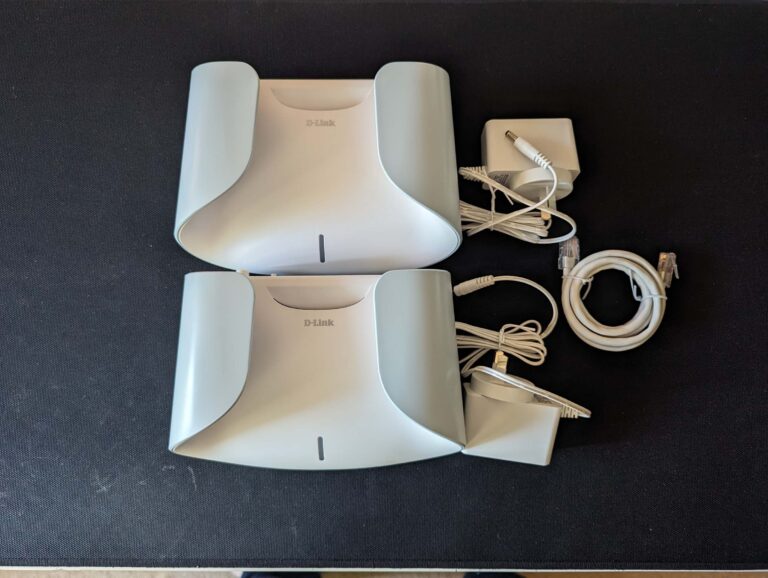
As is the trend these days, you’ve got two choices when it comes to making tweaks with the D-Link M30 Aquila Pro AI: app or web portal. I appreciate that the companion app offers minimal but helpful notifications, like when there’s an internet outage or when a firmware update is available.
At a glance, the app shows you how many devices are connected to your home network and how many extenders you have online. You can toggle main WiFi or guest WiFi on or off, share credentials or easily dig into other intuitive features like parental control, voice control and device priority.
The web portal has a basic design that’s similarly intuitive. I highly recommend spending some time in the features section, particularly the QoS Engine page, to further personalise your home network. Basically, the M30’s web portal isn’t as intimidating as the pages and pages of settings of a gaming router, so you should feel more comfortable tinkering.
Is the D-Link M30 Aquila Pro AI WiFi mesh system worth buying?
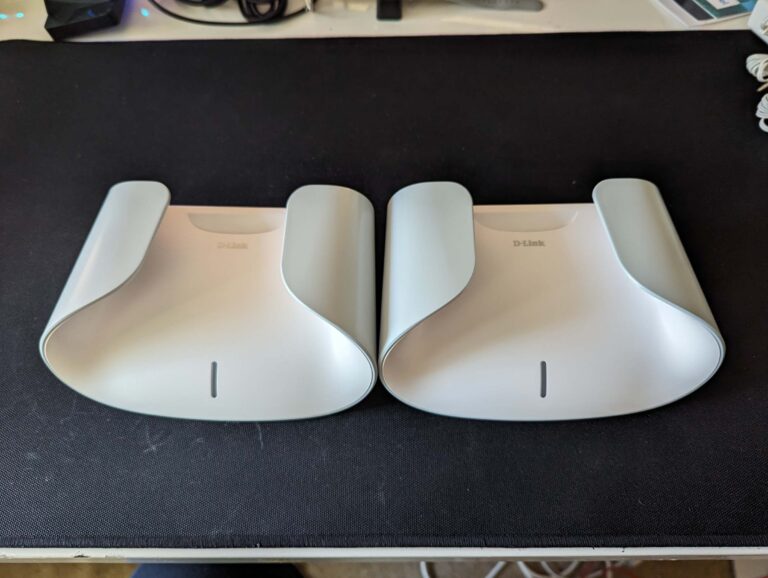
The D-Link M30 Aquila Pro AI is a solid WiFi mesh system. As long as you set up your router and extenders at the same time, you shouldn’t encounter any configuration hurdles. This user-friendliness approach extends to straightforward tinkering, too. The M30 may not have any standout features that blew me away—and it’d be preferable if there was at least one USB port on the devices—but it does everything you’d want from a networking device well and looks good while doing it. Consider this a solid option if you’re in the market for a reliable NBN router or WiFi mesh system.
How we review mesh WiFi systems
How we review mesh WiFi systems is a lot like how we review routers. There are some additional steps, though. For starters, we like a mesh WiFi system that’s compact and reasonably priced, relative to its peers.
It’s good to see buying options—two-packs, three-packs and affordable satellite expansion—but it’s not essential. One of the first things we check is how easy it is to determine the mesh WiFi router from its satellites. There’s a trend for these devices to look identical, so some form of identification goes a long way to simplifying setup, especially for future-proofed convenience.
Speaking of setup, we favour brands that offer incredibly straightforward step-by-step configuration. After all, a mesh system is supposed to be set and forget. Then comes the testing. We start by testing the speeds of the mesh WiFi router, then expand it with whatever satellites are included. Great coverage is expected, but it’s less great if it comes at a big hit to latency and/or overall speed.
D-Link M30 Aquila Pro AI frequently asked questions
Related Articles






